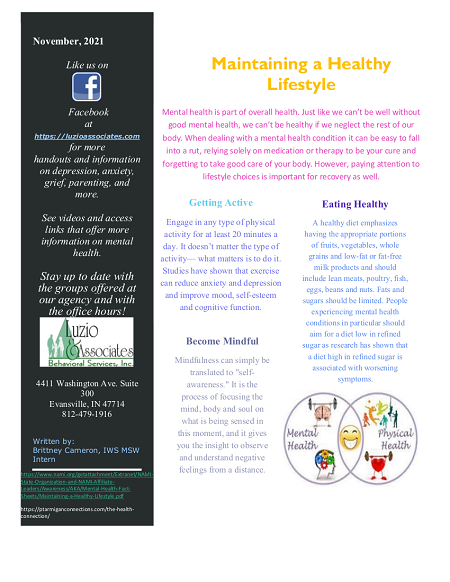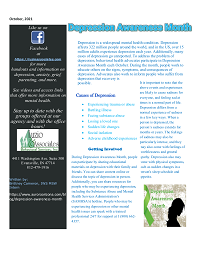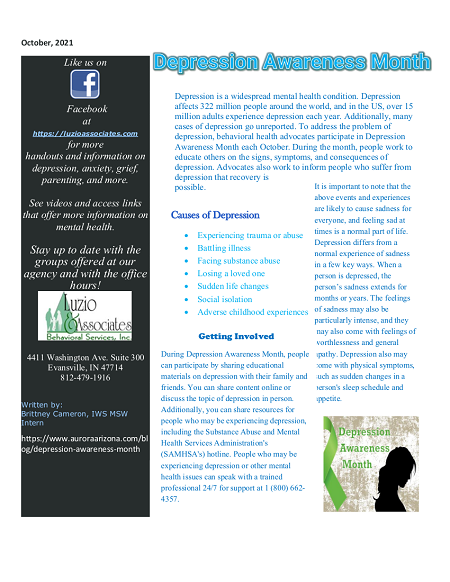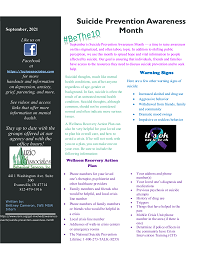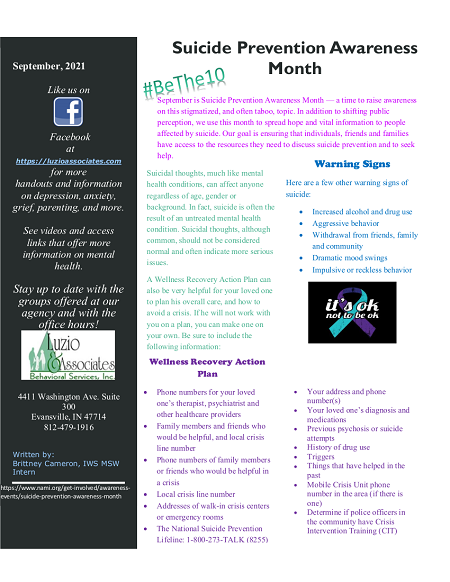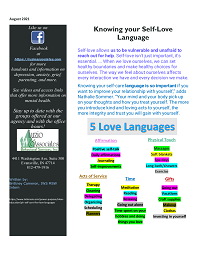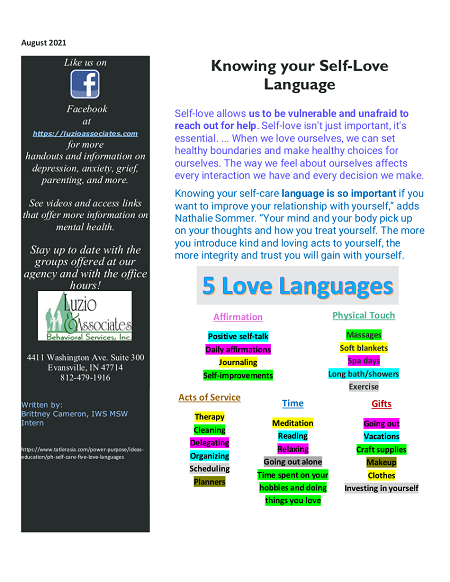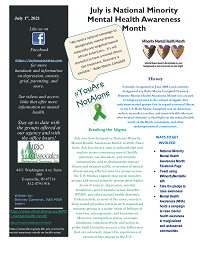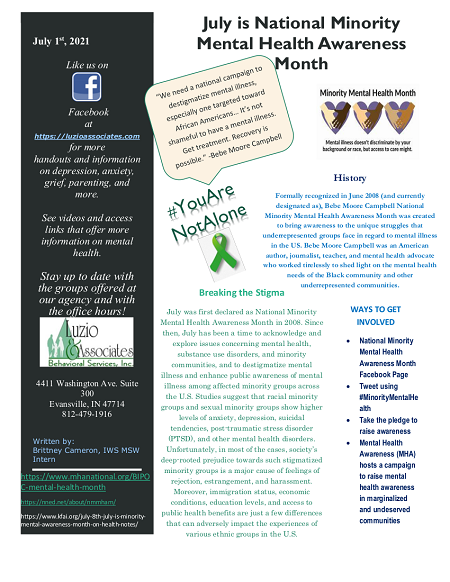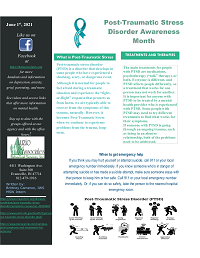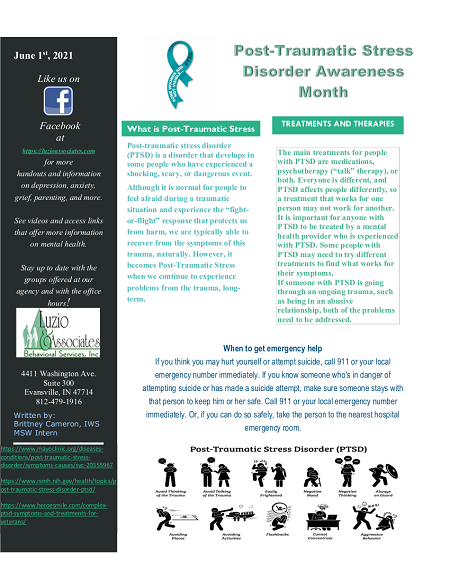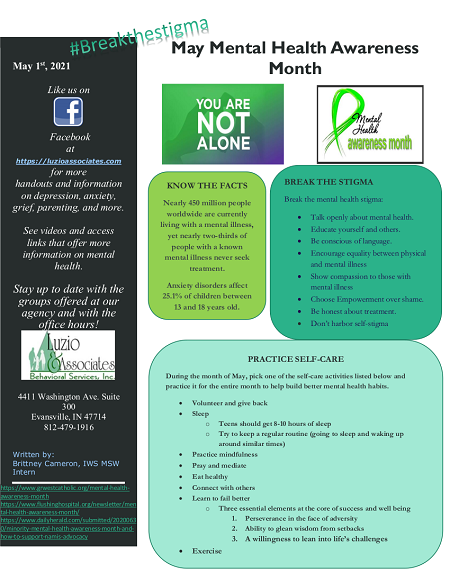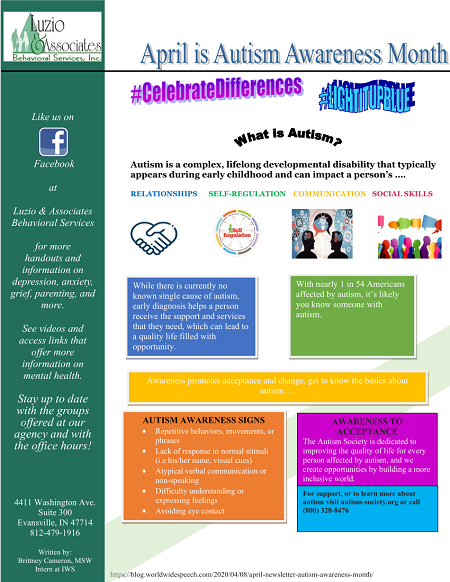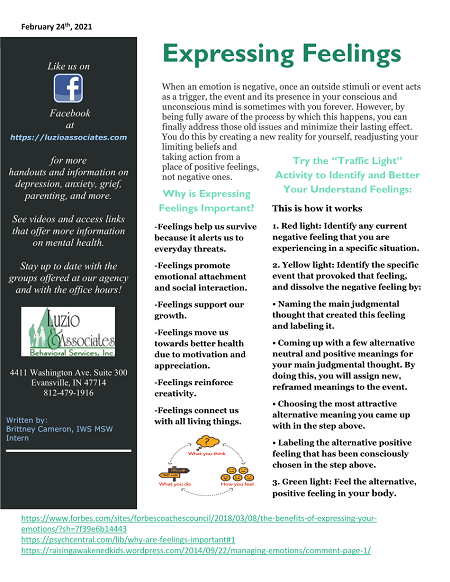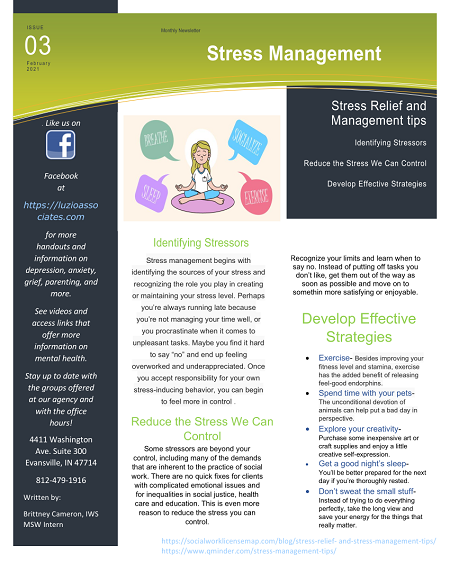
Category: Newsletters
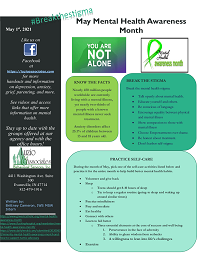
Mental Health Awareness
May Mental Health Awareness Month
KNOW THE FACTS
Nearly 450 million people worldwide are currently living with a mental illness, yet nearly two-thirds of people with a known mental illness never seek treatment.
Anxiety disorders affect 25.1% of children between 13 and 18 years old.
BREAK THE STIGMA
- Talk openly about mental health.
- Educate yourself and others.
- Be conscious of language.
- Encourage equality between physical and mental illness
- Show compassion to those with mental illness
- Choose Empowerment over shame.
- Be honest about treatment.
Don’t harbor self-stigma
PRACTICE SELF-CARE
During the month of May, pick one of the self-care activities listed below and practice it for the entire month to help build better mental health habits.
- Volunteer and give back
- Sleep
- Teens should get 8-10 hours of sleep
- Try to keep a regular routine (going to sleep and waking up around similar times)
- Practice mindfulness
- Pray and mediate
- Eat healthy
- Connect with others
- Learn to fail better
- Three essential elements at the core of success and well being
- Perseverance in the face of adversity
- Ability to glean wisdom from setbacks
- A willingness to lean into life’s challenges
- Three essential elements at the core of success and well being
- Exercise
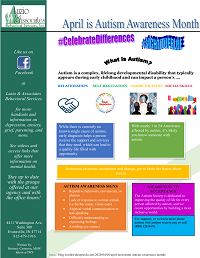
Autism Awareness 2021
Autism is a complex, lifelong developmental disability that typically appears during early childhood and can impact a person’s ….
RELATIONSHIPS
SELF-REGULATION
COMMUNICATION
SOCIAL SKILLS
While there is currently no known single cause of autism, early diagnosis helps a person receive the support and services that they need, which can lead to a quality life filled with opportunity.
With nearly 1 in 54 Americans affected by autism, it’s likely you know someone with autism.
Awareness promotes acceptance and change, get to know the basics about autism….
AUTISM AWARENESS SIGNS
• Repetitive behaviors, movements, or phrases
• Lack of response to normal stimuli (i.e his/her name, visual cues)
• Atypical verbal communication or non-speaking
• Difficulty understanding or expressing feelings
• Avoiding eye contact
AWARENESS TO ACCEPTANCE
The Autism Society is dedicated to improving the quality of life for every person affected by autism, and we create opportunities by building a more inclusive world.
For support, or to learn more about autism visit autism-society.org or call
(800) 328-8476
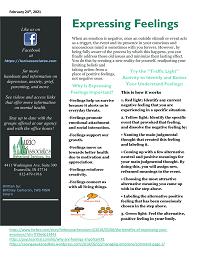
Expressing Feelings
Expressing Feelings
When an emotion is negative, once an outside stimuli or event acts as a trigger, the event and its presence in your conscious and unconscious mind is sometimes with you forever. However, by being fully aware of the process by which this happens, you can finally address those old issues and minimize their lasting effect. You do this by creating a new reality for yourself, readjusting your limiting beliefs and taking action from a place of positive feelings, not negative ones.
Why is Expressing Feelings Important?
- Feelings help us survive because it alerts us to everyday threats.
- Feelings promote emotional attachment and social interaction.
- Feelings support our growth.
- Feelings move us towards better health due to motivation and appreciation.
- Feelings reinforce creativity.
- Feelings connect us with all living things.
Try the “Traffic Light” Activity to Identify and Better Your Understand Feelings:
This is how it works
- Red light: Identify any current negative feeling that you are experiencing in a specific situation.
- Yellow light: Identify the specific event that provoked that feeling, and dissolve the negative feeling by:
• Naming the main judgmental thought that created this feeling and labeling it.
• Coming up with a few alternative neutral and positive meanings for your main judgmental thought. By doing this, you will assign new, reframed meanings to the event.
• Choosing the most attractive alternative meaning you came up with in the step above.
• Labeling the alternative positive feeling that has been consciously chosen in the step above. - Green light: Feel the alternative, positive feeling in your body.
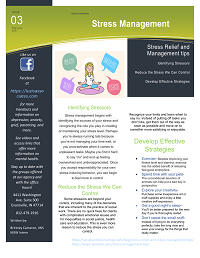
Stress Management
Stress Relief and Management tips
- Identifying Stressors
- Reduce the Stress We Can Control
- Develop Effective Strategies
Identifying Stressors
Stress management begins with identifying the sources of your stress and recognizing the role you play in creating or maintaining your stress level. Perhaps you’re always running late because you’re not managing your time well, or you procrastinate when it comes to unpleasant tasks. Maybe you find it hard to say “no” and end up feeling overworked and underappreciated. Once you accept responsibility for your own stress-inducing behavior, you can begin to feel more in control.
Reduce the Stress We Can Control
Some stressors are beyond your control, including many of the demands that are inherent to the practice of social work. There are no quick fixes for clients with complicated emotional issues and for inequalities in social justice, health care and education. This is even more reason to reduce the stress you can control.
Recognize your limits and learn when to say no. Instead of putting off tasks you don’t like, get them out of the way as soon as possible and move on to somethin more satisfying or enjoyable.
Develop Effective Strategies
- Exercise- Besides improving your fitness level and stamina, exercise has the added benefit of releasing feel-good endorphins.
- Spend time with your pets- The unconditional devotion of animals can help put a bad day in perspective.
- Explore your creativity- Purchase some inexpensive art or craft supplies and enjoy a little creative self-expression.
- Get a good night’s sleep- You’ll be better prepared for the next day if you’re thoroughly rested.
- Don’t sweat the small stuff- Instead of trying to do everything perfectly, take the long view and save your energy for the things that really matter.
